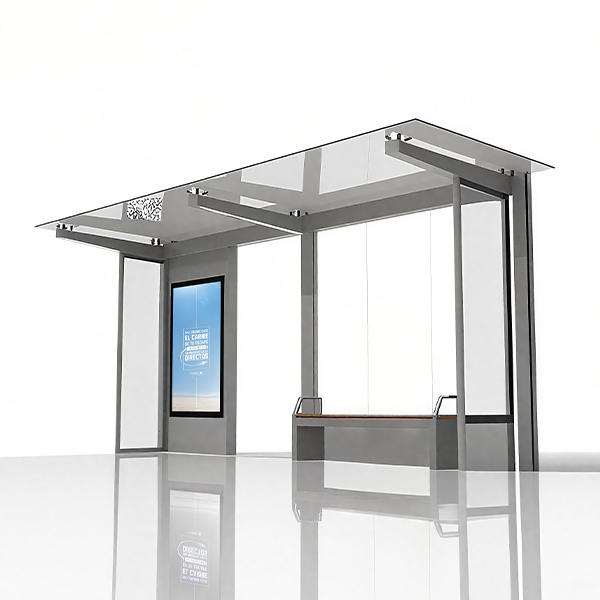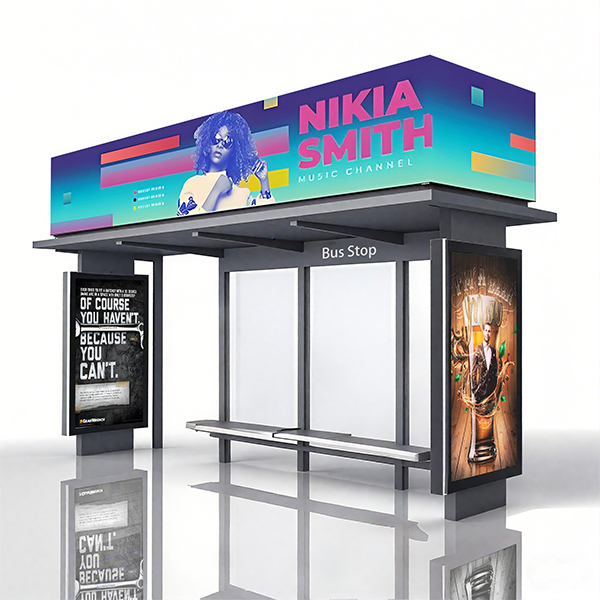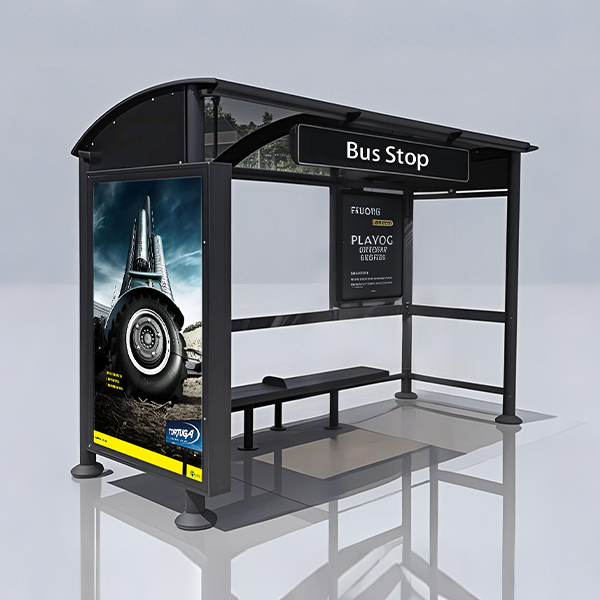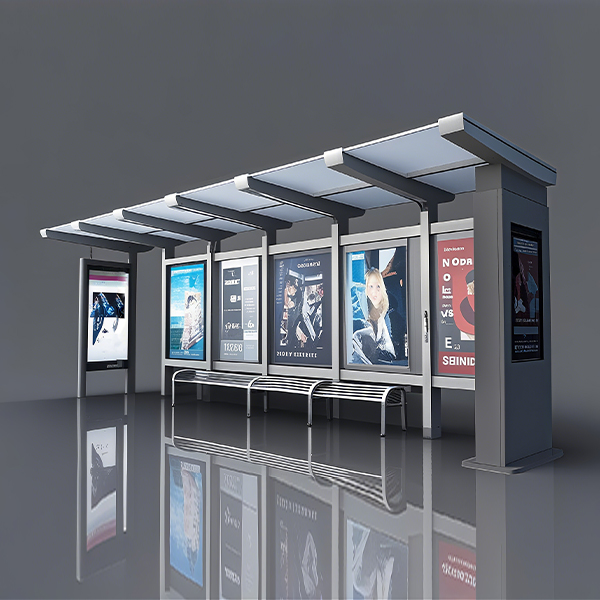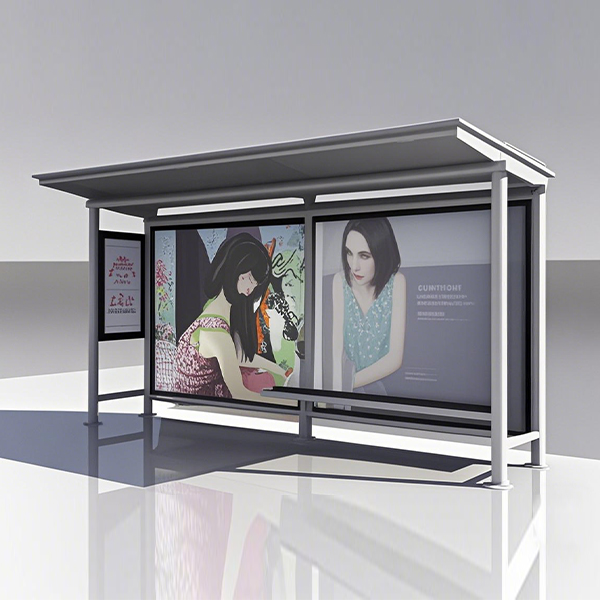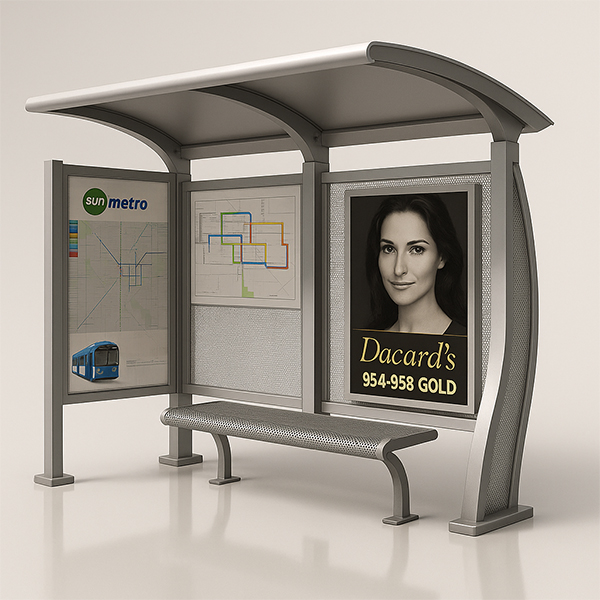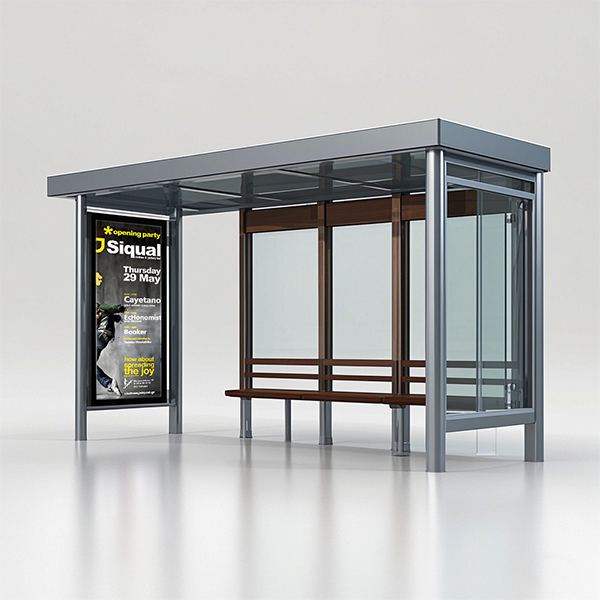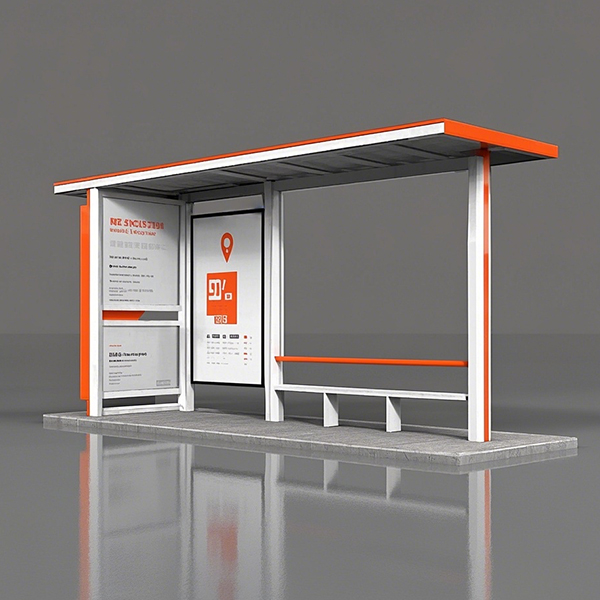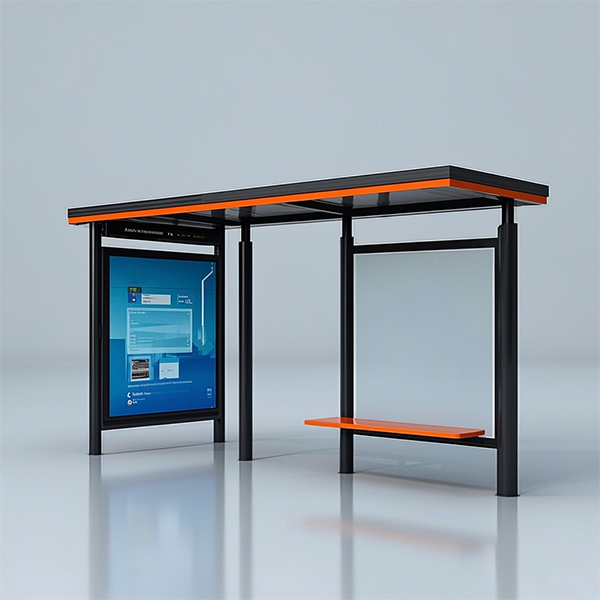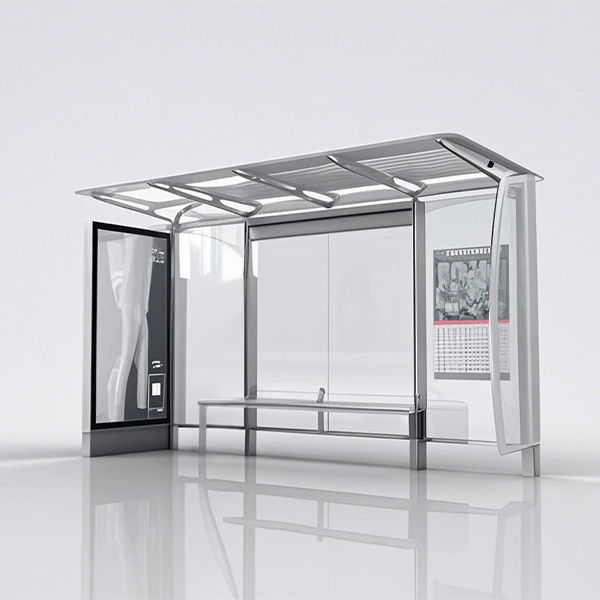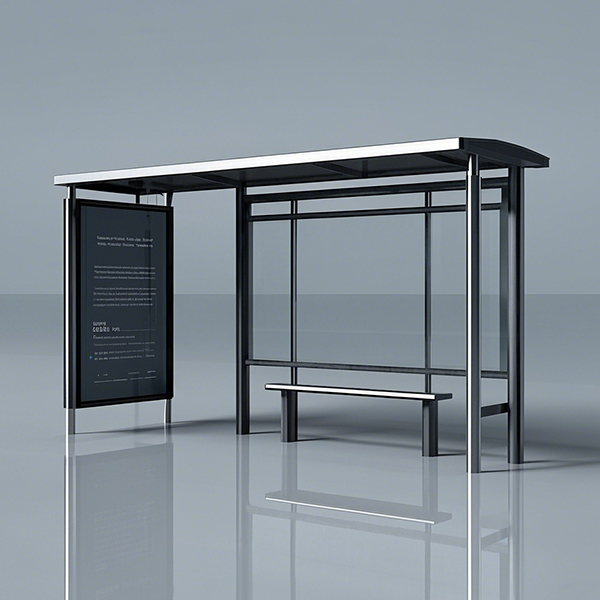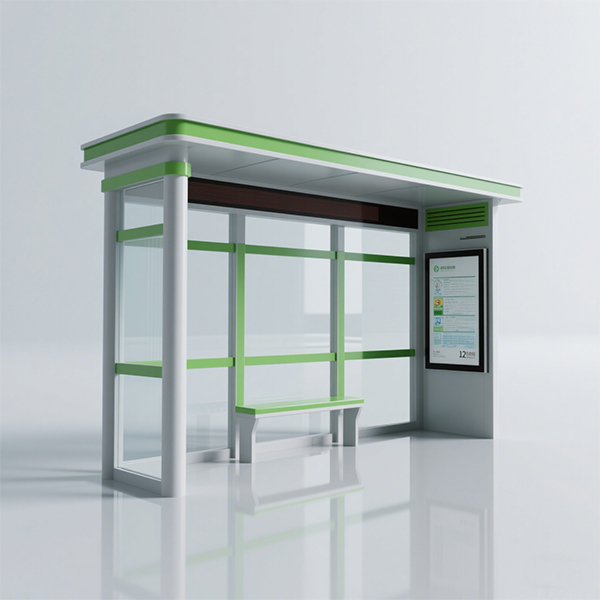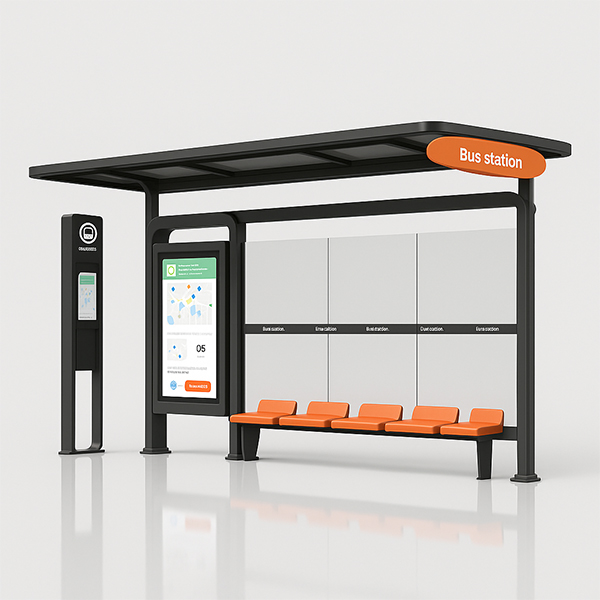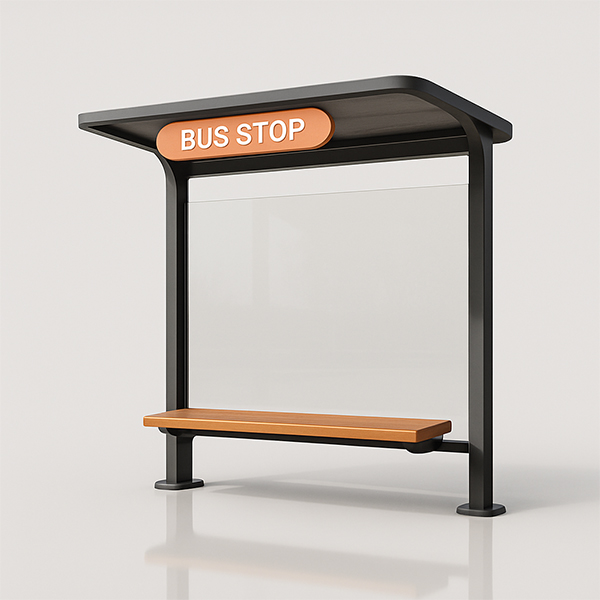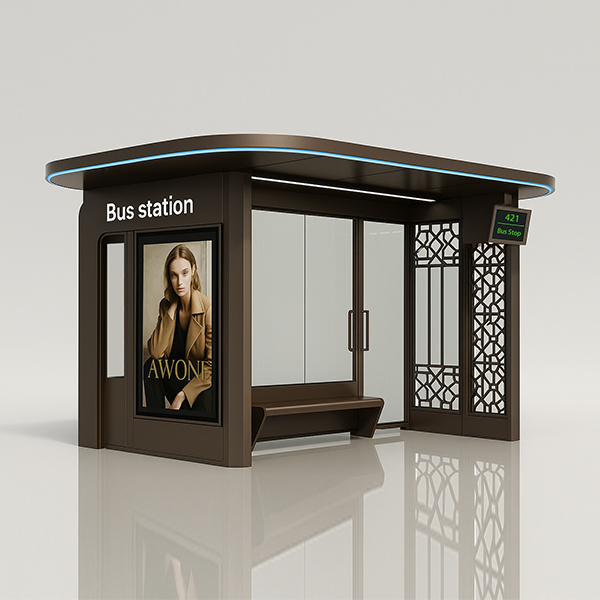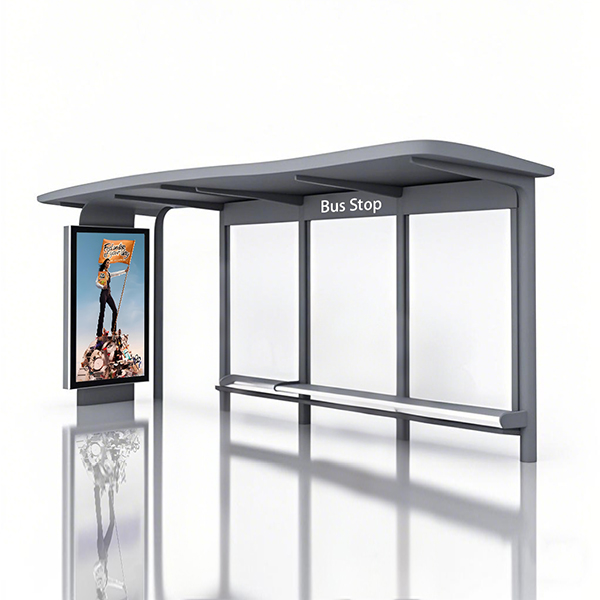
Urban Bus Shelter Design
This comprehensive guide explores the crucial aspects of Urban Bus Shelter Design, encompassing functionality, aesthetics, sustainability, and smart features. We'll delve into various design considerations, best practices, and real-world examples to help you understand how to create comfortable, safe, and visually appealing bus shelters for your community.
Understanding the Importance of Effective Urban Bus Shelter Design
Functionality and User Experience
A well-designed bus shelter prioritizes the comfort and safety of passengers. This includes providing adequate shelter from the elements, sufficient seating, clear signage and information displays, and good lighting. Accessibility for individuals with disabilities is paramount, requiring features such as ramps, tactile paving, and appropriate seating heights. Consider factors like wind protection, sufficient space for queuing, and protection from direct sunlight. Thinking about the user journey from arrival to boarding the bus is vital.
Aesthetics and Urban Integration
The visual appeal of a bus shelter significantly impacts its acceptance within the community. Designers should consider the surrounding architecture and landscape to create a harmonious blend. The use of sustainable materials and energy-efficient lighting can enhance the environmental impact and overall aesthetic appeal. Incorporating local artistic elements or unique design features can create a sense of place and community pride. The overall design needs to fit seamlessly into the urban fabric.
Sustainability and Environmental Considerations
Sustainable Urban Bus Shelter Design is increasingly important. The use of recycled materials, renewable energy sources (like solar panels for lighting), and energy-efficient components significantly reduces the shelter's carbon footprint. Consider durable materials with a long lifespan to minimize maintenance and replacements. Green roofs or vertical gardens can further improve environmental performance.
Smart Features and Technological Integration
Smart Shelters: The Future of Public Transportation
Integrating smart technology into bus shelters enhances user experience and provides valuable data for transportation management. This includes features such as real-time bus arrival information displays, integrated Wi-Fi, USB charging ports, and even interactive advertising screens. These features not only improve passenger comfort but also contribute to a more efficient and informed public transportation system. Data gathered from these systems can also inform decisions on route optimization and resource allocation.
Data-Driven Design Decisions
Analyzing passenger usage data gathered from smart features allows for data-driven design improvements. For instance, occupancy sensors can identify peak usage times and inform decisions on shelter size and location. This ensures that resources are allocated effectively and contributes to a more user-centric design process.
Examples of Innovative Urban Bus Shelter Design
Several cities have implemented innovative and sustainable designs. For example, some incorporate solar panels for energy generation, while others feature integrated green walls or rainwater harvesting systems. Research specific case studies to see how different design approaches address various challenges and contexts. Looking at designs from around the world will provide further inspiration.
Materials and Construction Considerations
Choosing the Right Materials
Material selection is crucial for durability, aesthetics, and sustainability. Consider factors such as weather resistance, maintenance requirements, and environmental impact. Popular materials include steel, aluminum, glass, and various types of composite materials. The choice of materials should also take into account local climate conditions and potential vandalism.
Construction and Installation
Efficient construction and installation processes are vital for minimizing costs and disruption. Prefabricated components can speed up construction time and improve quality control. Collaboration with experienced contractors is essential to ensure a smooth installation process. Proper consideration of ground conditions and accessibility during installation is necessary.
Conclusion
Effective Urban Bus Shelter Design goes beyond simply providing a place to wait for the bus. It's about creating a comfortable, safe, sustainable, and aesthetically pleasing space that enhances the overall public transportation experience. By considering the factors outlined in this guide, you can contribute to the development of more user-friendly and sustainable urban environments. For more information on innovative public facilities, visit Shandong Luyi Public Facilities Co., Ltd.
Соответствующая продукция
Соответствующая продукция







